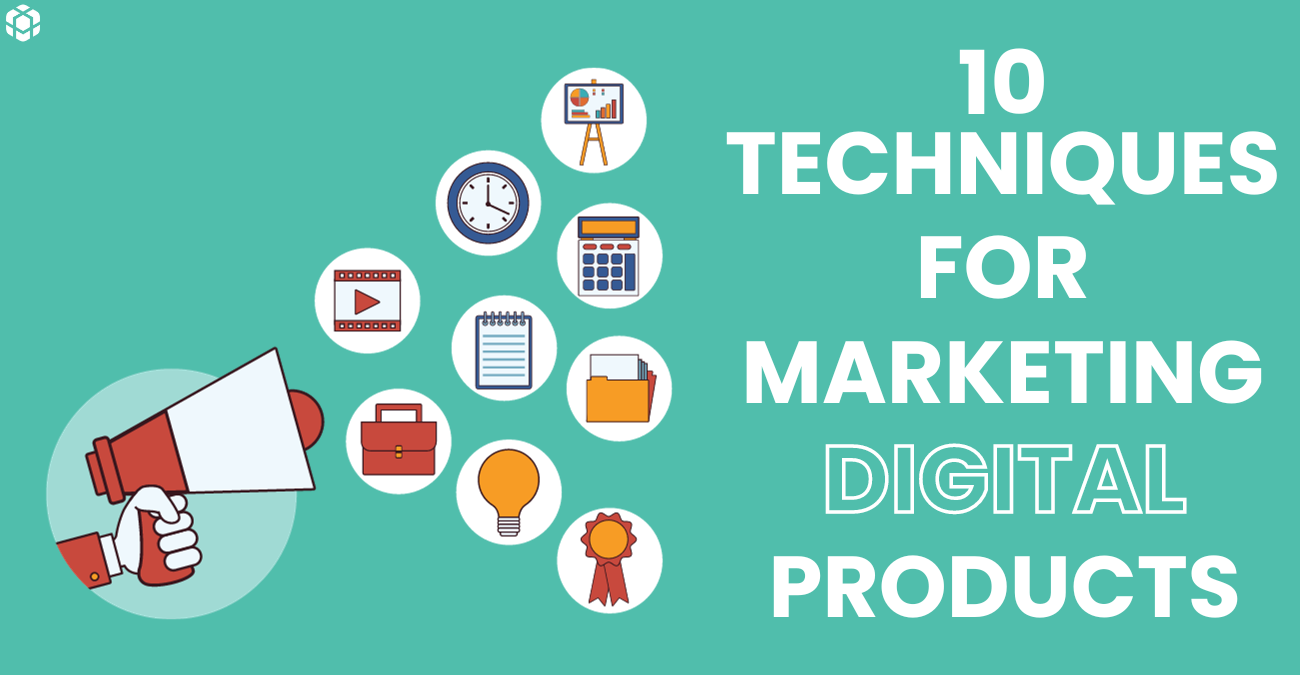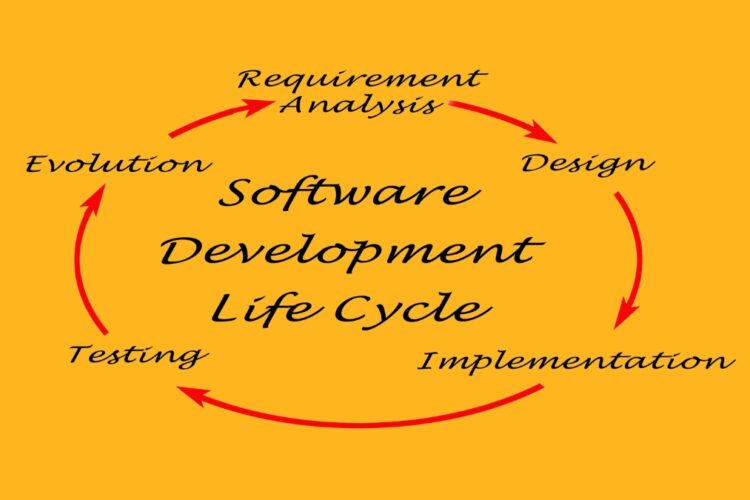
In today’s competitive landscape, marketing digital products requires a creative and strategic approach. Success is determined not only by the quality of your product, but also by your ability to effectively market it to the appropriate audience by using creative techniques for digital product. This necessitates the use of novel techniques that capture attention, engage users, and foster long-term relationships. In this discussion, we will look at ten innovative marketing strategies for digital products, providing detailed insights and practical examples to demonstrate their use.
Introduction:
Having a high-quality digital product is only half the battle in the digital age. To make your product a success, you must use creative digital techniques for digital product that connect with your target audience, stand out in a crowded marketplace, and drive conversions. The following 10 creative techniques for digital product represent a blend of innovative approaches that can help you achieve these goals.
How Do Top Brands Market Their Digital Offerings Successfully?
1) Interactive Webinars and Live Demos:
digital webinars and live product demonstrations is a great creative technique to engage your audience. The beauty of webinars is their ability to deliver an immersive experience that attracts potential clients’ attention. Whether you provide a software product, a service, or a physical item, webinars can be an effective way to show how your product solves problems or meets demands.
Consider a digital marketing software business hosting a live webinar demonstrating how to construct efficient ad campaigns on social media sites. They might deliver a step-by-step lesson on how to use their software to optimise ad performance during this session. Furthermore, they may reveal a new innovation that streamlines ad management, providing attendees with a benefit.
2) User-Generated Content Campaigns:
Encourage your customers to write content about your product to foster a sense of community and trust. This not only demonstrates the popularity of your product, but it also fosters genuine relationships with clients.
Consider a subscription box service geared at fitness aficionados. They might begin a campaign encouraging subscribers to submit photos of themselves working out with the things they’ve received. Customers who share these photographs on social media with a particular hashtag gain a two-fold reward. It not only develops a community among customers who share their fitness adventures, but it also demonstrates the product’s usefulness in a real-world setting.
3) Storytelling Through Visuals:
Visual storytelling is a strong tool for engaging and immersing your audience. In digital marketing, the old saying “a picture is worth a thousand words” is valid. You may connect into your audience’s emotions, aspirations, and desires by producing visually captivating storylines.
Picture a fashion brand that leverages Instagram as a visual storytelling platform. They may launch a campaign that consists of a succession of photographs and films, each of which tells a story through apparel. These graphics could include photos and films of models wearing the brand’s clothing in a variety of situations, such as a beautiful park, a bustling city street, or a cosy café. In this approach, the brand constructs a story that resonates with the desires and goals of potential buyers.
4) Personalized Email Marketing:
The cornerstone of good email marketing is personalization. Personalization and segmentation allow you to offer the correct message to the right audience, enhancing engagement and conversion rates. It is an important creative technique for digital product.
Imagine an e-commerce platform that fully utilizes personalized email marketing. When a customer opens an account and begins looking for products, the platform collects information about their behavior, interests, and previous purchases. Using this information, the platform can make personalized email recommendations, such as products comparable to those previously purchased by the customer. To sweeten the deal, the email may contain a special discount on the new book by the client’s favorite author, making it a win-win situation for both the user and the platform.
5) Influencer Collaborations:
Working with influencers can help you reach a larger audience. Influencer marketing, when done strategically, may deliver genuine endorsements, evaluations, and demonstrations that carry significant weight with the influencer’s devoted audience.
Consider a tech business that is about to release a new smartphone. They can generate interest in their product by collaborating with influential tech reviewers and influencers. These influencers can create detailed video reviews that provide users with information about the smartphone’s features, performance, and overall value. The authenticity of the influencers’ reviews can persuade their followers to consider the product.
6) Referral Programs:
Referral programs use your existing customers’ capacity to recruit new ones. You may grow your user base while rewarding loyal consumers by motivating current customers to refer friends and family.
A meal kit delivery service, for example, may implement a referral program that rewards both the referring client and the referred friend. When a consumer successfully refers a friend, they may be eligible for a discount on their next order, lowering the cost of their next meal kit. In turn, the friend receives a warm welcome discount on their first order. This results in a win-win situation for both the recommending customer and the new user, assisting in the expansion of the customer base through word-of-mouth marketing.
7) Content Marketing with SEO:
When paired with search engine optimization (SEO), content marketing allows your digital product marketing to get visibility and organic traffic. It entails creating useful, high-quality content that addresses user issues and wants and is search engine optimized.
Consider a financial planning software that aspires to be regarded as an authority in the field of personal finance. The content marketing approach for the app relies around the creation of a series of articles, infographics, and videos on themes such as budgeting, investing, and retirement planning. To boost search engine rankings, each piece of material is thoroughly optimized for important keywords. This material not only attracts users looking for financial assistance over time, but it also establishes the app as a useful resource in the market.
8) Augmented Reality (AR) Experiences:
Augmented reality (AR) features allow users to see how your product will fit into their life in a more engaging way. You can drastically minimize purchase reluctance and enhance client confidence by allowing them to virtually experience your goods.
For instance, an online eyewear retailer can use AR by providing a “virtual try-on” function. Customers can use their smartphone cameras to examine how various eyewear frames would look on their faces. This experience improves their online shopping experience by giving them a more realistic impression of how a product will look on them, solving a major issue when purchasing eyeglasses online.
9) Gamification Strategies:
Gamification is the process of incorporating game aspects into your product or marketing campaign. This technique improves the user experience by making it more entertaining and competitive, hence increasing engagement and customer loyalty.
Consider a productivity tool aimed at making task management more enjoyable. The software might include a gamified to-do list in which users receive points for completing tasks.
10) Crowdsourcing and Co-Creation:
Involving your user base in product development generates a sense of ownership, trust, and loyalty. By soliciting their opinions, ideas, and contributions, you not only acquire valuable insights but also demonstrate your dedication to providing a product that meets the requirements and wishes of your consumers.
A software company recognized for its productivity tools, for example, may launch a crowd-sourcing campaign to solicit user feedback and ideas for new features. They set up a dedicated community forum where people may debate and vote on various proposals. When a user-suggested feature is incorporated, it not only demonstrates that the company values its users’ feedback, but it also strengthens the product’s and its users’ sense of collaboration.
Unlocking Digital Product Success: The Adaptive Approach of Codesy
In the digital age, where attention is a valuable commodity, the most successful product journeys begin at the intersection of creativity and marketing, which Codesy promises to give. Remember that we at Codesy tailor each of these tactics to your individual goals and product, allowing you to create a marketing strategy that resonates with your target audience and propels your digital product to success.
Codesy’s key is to be adaptable, open to experimenting, and aware of your audience’s ever-changing desires and tastes. You may successfully navigate the treacherous terrain of digital product marketing by embracing these new marketing approaches.





